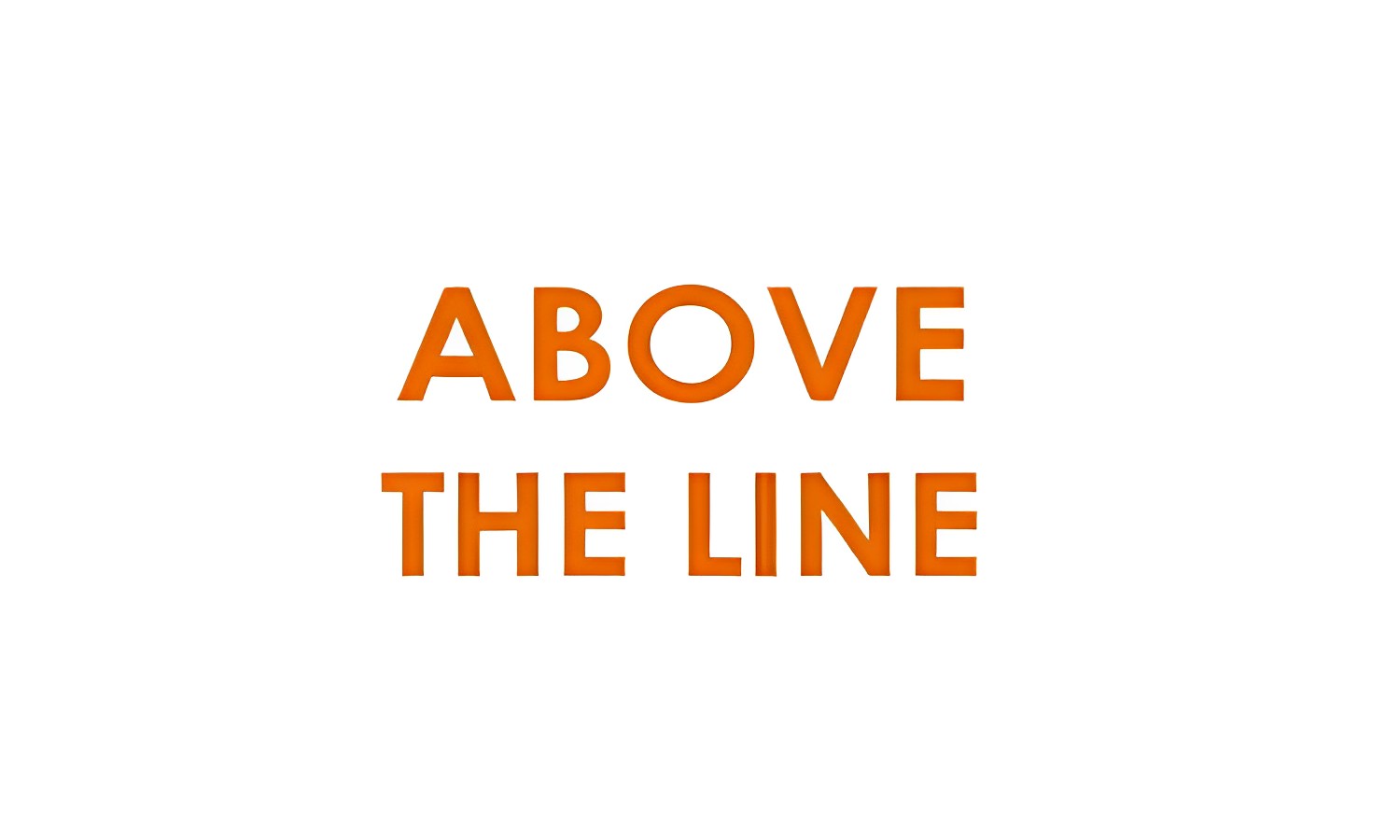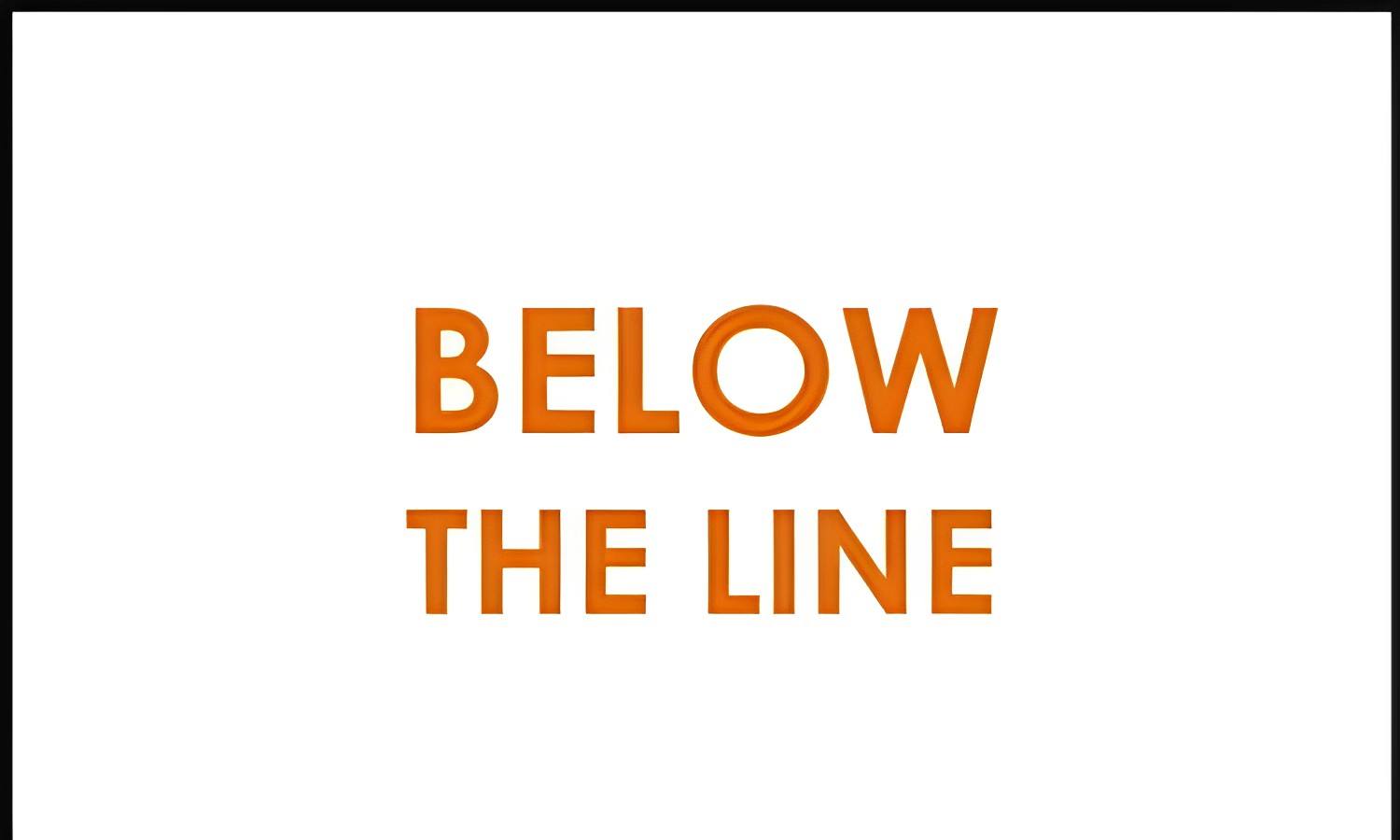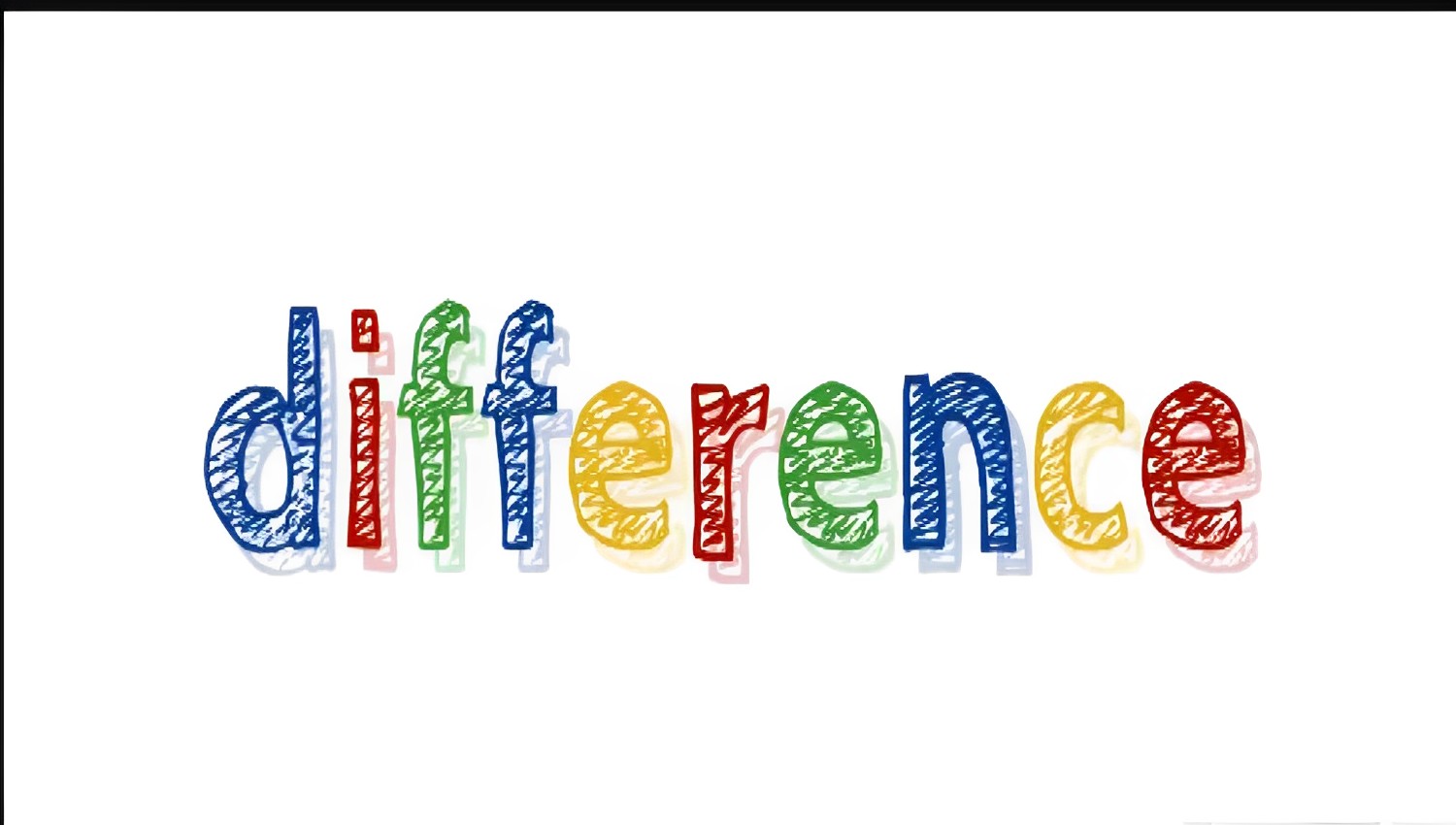Marketing describes how to advertise and sell products or offer services, and it requires knowledge of the target market, the delivered goods or services, and the market environment.
This post will go over ATL, BTL, and TTL marketing. Above-the-line (ATL), below-the-line (BTL), and through-the-line (TTL) marketing. While BTL marketing is more individualized and targets a particular audience through direct marketing strategies, ATL marketing aims to reach a broad audience through traditional mass media channels.
TTL marketing has a well-rounded marketing campaign, which incorporates both ATL and BTL methods
Each marketing style has advantages and disadvantages, so businesses should pick the one that best suits their goals and budget.
There are a few distinctions between marketing types, which are distinguished mainly by the distribution mode.
The three types of marketing have many great examples, such as the Coca-Cola ad, Superbowl ad, etc.
Above-the-Line (ATL) Marketing
Advertising and promotional operations intended to reach a large audience through conventional mass media channels are above-the-line (ATL) marketing. Television, radio, print publications, outdoor advertisements, and online display advertising are some mediums. ATL marketing’s main objectives are to raise awareness of a brand, foster brand loyalty, and spark interest in a good or service.

ATL marketing comes in various forms, including sponsorships, billboards, radio ads, television commercials, and radio adverts. The most widely used type of ATL marketing, TV advertisements successfully reach a broad audience. Another well-liked ATL marketing strategy is radio advertising.
ATL marketing also involves print advertisements like those in newspapers and magazines. These advertisements can be particularly successful at raising brand awareness because they can be tailored to particular demographic groups.
ATL marketing’s primary benefit is its ability to swiftly reach a big audience and raise brand or product awareness. ATL marketing, however, has significant drawbacks as well. It might not be as targeted or measurable as other forms of marketing, and it can be pricey. Standing out can also be challenging in a crowded market where consumers are inundated with advertisements from many brands.
Below-the-line(BTL) Marketing
A promotional method known as below-the-line (BTL) marketing targets a particular target market through individualized and direct marketing initiatives. It uses a variety of strategies, including trade exhibitions, email marketing, direct mail, telemarketing, and experiential marketing, and is typically more targeted and measurable than ATL marketing.

BTL marketing aims to elicit immediate responses from consumers and boost sales. It can effectively reach a smaller but more engaged audience because it can be heavily targeted to particular groups. BTL marketing is frequently utilized for consumer involvement, brand activation, and product promotion.
BTL marketing’s key benefit is that it is incredibly measurable and enables companies to monitor the success of their marketing activities. Additionally, it might be more economical than ATL marketing because it frequently targets a smaller demographic. BTL marketing calls for comprehensive strategy and execution and can be time-consuming.
In conclusion, BTL marketing is a very efficient technique for connecting with a particular target and eliciting honest client feedback. While it might take more work than ATL marketing, it can be a valuable tool for companies trying to increase brand recognition, boost sales, and communicate with customers.
Through-the-line(TTL) Marketing
By combining above-the-line (ATL) and below-the-line (BTL) marketing strategies, through-the-line (TTL), marketing aims to produce a well-rounded marketing campaign. A smooth and integrated consumer experience across all marketing platforms is what TTL marketing aims to achieve.
TTL marketing can include targeted initiatives like direct mail and email marketing and mass media advertising like TV advertisements. Businesses can develop a more effective and efficient marketing strategy that is catered to their target demographic by combining ATL and BTL tactics.
The primary benefit of TTL marketing is that it combines the advantages of both ATL and BTL marketing. It enables companies to develop a unified and successful marketing strategy that reaches a large audience while still interacting personally with customers. TTL marketing may be challenging and necessitate extensive planning and collaboration across numerous marketing platforms.
To sum up, TTL marketing is a marketing tactic that can help companies form a unified and seamless consumer experience across all marketing channels.
Differences Between ATL, BTL, and TTL Marketing
Though ATL, BTL, and TTL marketing are examples of pull marketing, they have the following fundamental distinctions:
ATL marketing is often used to reach a broad audience via conventional mass media platforms like TV, radio, and billboards. It is perfect for companies who want to spread brand recognition and connect with a large audience.

Contrarily, BTL marketing uses targeted and direct marketing techniques, including email marketing, direct mail, and trade exhibitions, to connect with a particular target population. Thanks to it, sales can significantly increase because it is more targeted and quantifiable than ATL marketing.
TTL marketing utilizes ATL and BTL to produce a more effective marketing campaign. It is perfect for companies integrating all their marketing platforms to provide a smooth customer experience.
TTL marketing can offer the best of both worlds but can call for additional preparation and synchronization across many marketing channels.
Knowing the differences between ATL, BTL, and TTL marketing will help organizations select the best marketing plan to meet their objectives and connect with their target market.
Additionally, incorporating primary data in marketing strategies becomes crucial for a more nuanced understanding of audience preferences and behaviors, enabling businesses to fine-tune their ATL, BTL, or TTL approaches based on firsthand insights.
Examples of ATL, BTL, and TTL Marketing
Super Bowl commercials, magazine ads, and billboard ads are a few examples of ATL marketing. Though quantifying it might be challenging, ATL marketing can effectively raise brand recognition.

Email marketing, direct mail, and trade exhibits are a few BTL marketing examples. These are avenues for specialized marketing that help companies connect with a specific clientele.
Examples of TTL marketing include Coca-Cola’s “Share a Coke” campaign, which utilized customized bottles and a social media initiative to produce a smooth and integrated customer experience. Both brand recognition and sales can be used to gauge the success of TTL marketing.
Overall, the campaign’s objectives and target audience will determine each marketing style’s effectiveness. Combining ATL, BTL, and TTL marketing can successfully create a comprehensive marketing campaign that covers a large audience and boosts sales.
In today’s competitive market, trade show marketing is vital for building brand awareness and generating leads.
FAQ:
What is the difference between ATL and BTL marketing?
Through traditional mass media platforms like television, radio, billboards, and print advertisements, ATL marketing seeks to connect with a broad audience. On the other side, BTL marketing is highly individualized and targets a particular audience using direct marketing strategies, including email marketing, telemarketing, and focused social media advertising.
What is marketing?
Marketing refers to the actions and processes to promote and sell goods or services.
What is TTL marketing?
TTL marketing uses both ATL and BTL marketing techniques to produce an all-encompassing marketing strategy that is broad in its reach and individualized in its targeting. This indicates that a TTL marketing strategy could incorporate conventional mass media advertising channels and more specialized direct marketing strategies.
What are the benefits of each type of marketing strategy?
While BTL marketing might be more economical and result in more conversions, ATL marketing is excellent for increasing brand awareness. TTL marketing can produce a well-rounded effort by fusing the advantages of the two approaches.
Conclusion
In conclusion, ATL, BTL, and TTL marketing are three different categories of marketing tactics, each with particular advantages and qualities. Businesses aiming to build brand recognition and connect with a large audience through mass media channels may consider ATL marketing and advertising. Through direct and individualized marketing initiatives, BTL marketing is more focused and has a significant potential for increasing sales. TTL marketing combines ATL and BTL strategies to produce a unified, integrated marketing effort. When choosing a marketing strategy, it’s critical to consider your budget, target market, and marketing objectives. A complete marketing plan that includes several techniques, such as ATL, BTL, and TTL marketing, can help firms reach a wider audience and increase sales in today’s cutthroat business environment.
See also : What is marketing concept

